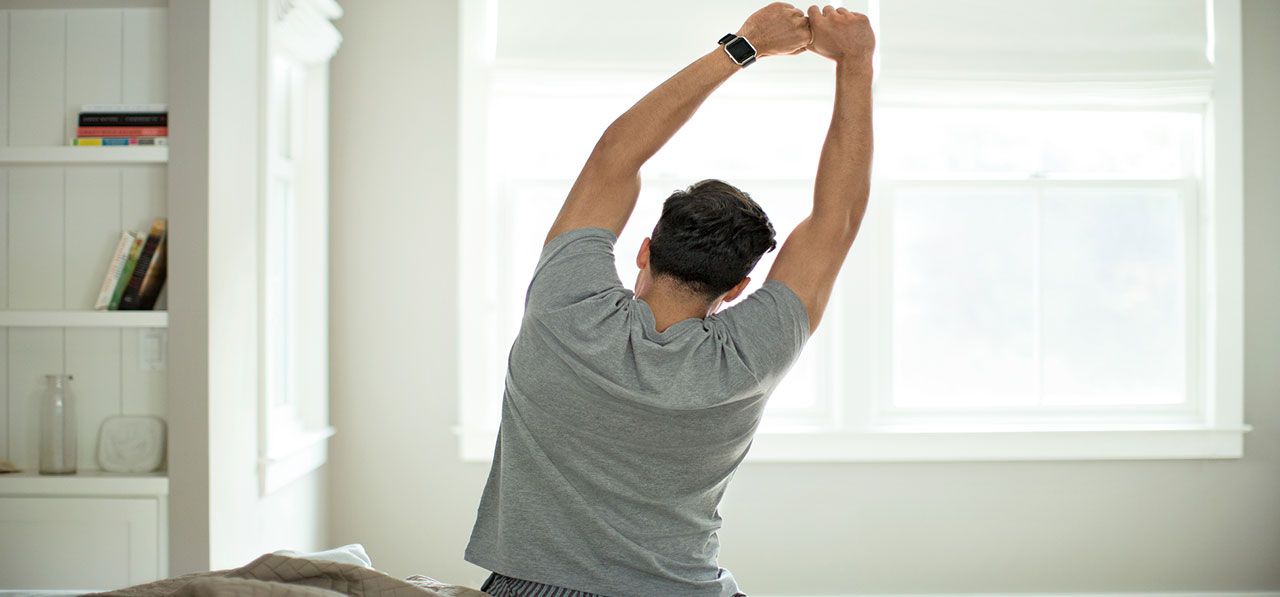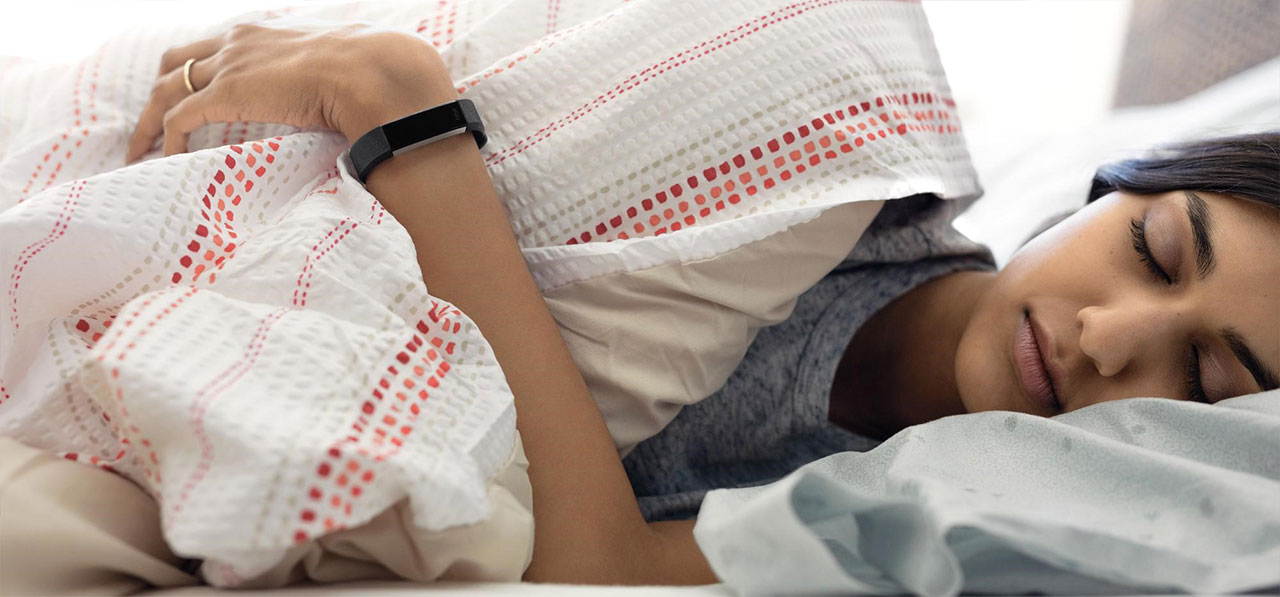Sleepless in the Saddle: Fighting Workforce Fatigue
We’ve all gone to work at least a little bit too sleepy to perform at our best. More than a third of American adults are not getting enough sleep on a regular basis, according to the Centers for Disease Control and Prevention (CDC). Coming up short on the nightly recharge can lead your employees to sleep deprivation, with side effects that include lost productivity, slower task performance, and difficulty concentrating.
Sleep deficiency among employees can be costly to your business. A recent report from the California state auditor showed that a Department of Motor Vehicles (DMV) employee had slept for “thousands of hours” while on the job, dozing at her desk for three or more hours daily. By not addressing the behavior, the DMV lost 2,200 hours of work time from the employee, costing the department more than $40,000.
So you don’t snooze (and lose) the battle against workforce fatigue, here’s a quick look at some high-tech solutions, including sleep monitoring tools and smart nap pods, that may help.
Stay alert to stay alive. While an office employee might be able to catnap on the job, a worker driving heavy machinery or a truck has to stay awake, as coworker’s lives depend on it. According to research from Caterpillar, fatigue is a hidden hazard on work sites and is estimated to be a factor in 40 percent of commercial transportation accidents. Workers who are not getting enough sleep display impaired functioning and increased anxiety, some of the same effects as a drunk driver. When those tired employees are behind the wheel of heavy machinery, catastrophic work accidents can occur.
If you manage wellness in a manufacturing business or if your company has a team of industrial employees, consider workforce sleep monitoring as a way to help predict when fatigue levels might become a safety risk. Having visibility into workforce sleep habits may not only cut down on fatigue-related accidents, but it can offer insights for your employees into other health issues, like sleep apnea or increased risk of heart disease. Short sleep duration is also associated with metabolic disorders, such as glucose intolerance, which may lead to obesity and diabetes.
Peace in the pod. While industrial managers need workers to stay awake, the numbers tell a different story. According to a sleep survey conducted by Amerisleep that polled employees across various industries, one in five employees reported sleeping at work, with the prime napping spots being their desk/cubicle, a meeting room, the office, or the car.
In that poll, the highest number of on-the-job sleepers were at tech companies, where 70 percent of workers admitted to sleeping during work hours and reported spending 11 percent of their workday snoozing. The construction industry was next, as 68 percent reported sleeping on the job.
To help the sleepy workforce charge back up, some companies such as Zappos and Nike have created nap rooms or added nap pods on their campus as part of their wellness strategy. Zappos nap rooms are open 24/7 and have a couch, two recliners, and a beanbag chair.
Other companies, including Google, Cisco, Uber, and Procter & Gamble have invested in futuristic tools and provide MetroNaps napping chairs, called EnergyPods in the office. These pods come with features such as a zero-gravity positioning, a privacy visor, special sleep music, and a gentle wake sequence of lights and vibrations. They cost from $8,000 to $13,000 per pod. If that price tag is a bit too high, your employees can set themselves up for snoozing with any of these nap apps, many of which are free.
The power of the short snooze. Software in the EnergyPods and many of the nap apps control nap duration, limiting it to 20 minutes. This is based on popular research that a short nap of 10 to 30 minutes can boost a person’s concentration, alertness, and mood.
This article is not intended to substitute for informed medical advice. You should not use this information to diagnose or treat a health problem or condition. Always check with your doctor before changing your diet, altering your sleep habits, taking supplements, or starting a new fitness routine.

